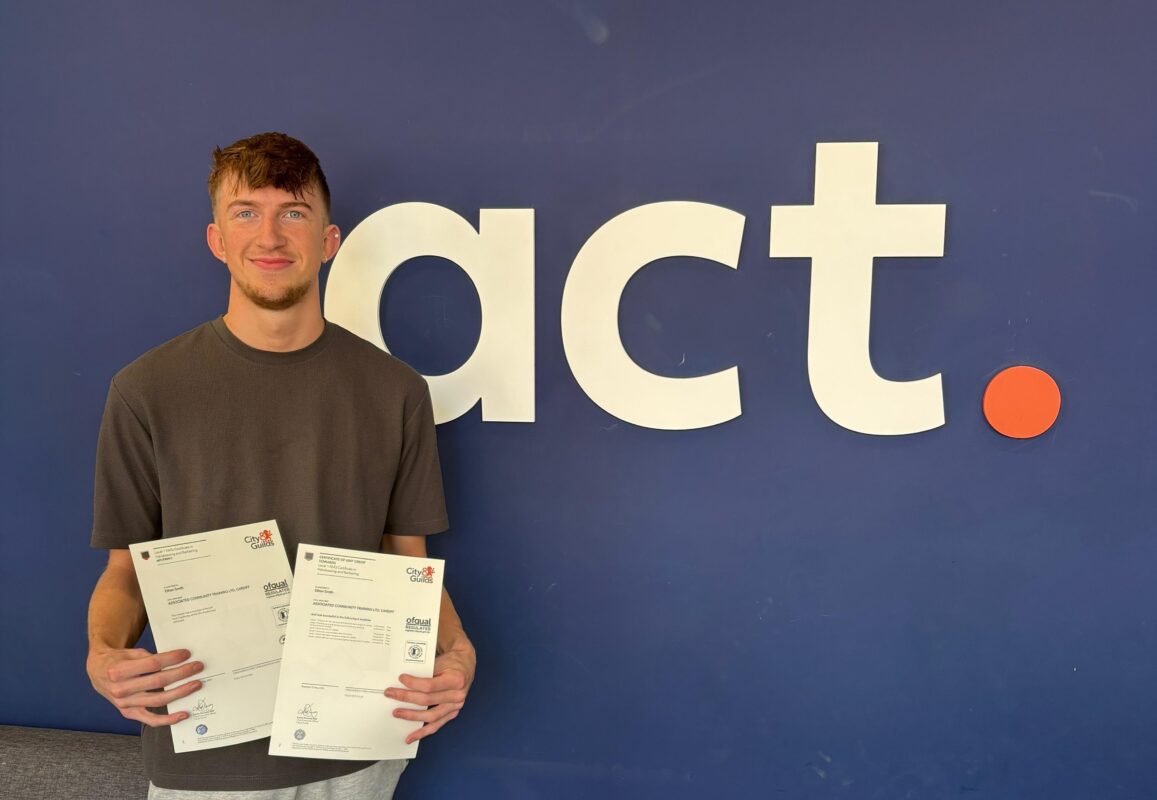Using AI to support the development of socially empowering life skills and enhance learning

Philippa Whipp, Head of School, Acorn Park School, Norfolk – an independent specialist school catering for pupils aged 5-19 with autism and associated conditions, part of Options Autism – believes it’s time to embrace cutting edge edtech and discover the potential of innovative AI in supporting autistic learners
We are extremely interested in exploring ways to use new technology to enhance learning and support the development of socially empowering life skills, so we were excited to be part of a pilot project to research the potential benefits of QTrobot by LuxAI, with a view to rolling out the technology across Options Autism’s schools.
Innovation and creativity are at the heart of Options Autism’s commitment to continually develop provision for students and extend staff expertise. Due to the very nature of AI, it offers autistic students non-threatening, non-judgemental support. Our students are very comfortable interacting with technology. Gaming, for example, offers a predictable, consistent environment – if they are unsuccessful in a gaming situation, they simply start the game again – QTrobot offers a similar learning experience.
It usually takes time and planning to introduce a new piece of kit, but we literally just took QTrobot out of the box and switched it on, and connected two tablets – one for the learner, one for the teacher. The teacher controls the input to the robot, while prompts for a visual or verbal response appear on the learner’s tablet, after which it returns to a blank screen.
Designed as an assistive tool for teachers and therapists alike, the robot offers engagement opportunities and interactions – speech, facial expressions, and movements – that are predictable and consistent. It creates a third party in the learning experience, celebrating correct responses and guiding the learner using verbal and visual prompts.
QTrobot’s lack of ‘human-ness’ is also an asset. There are no confusing gestures or facial expressions – just a simple wave or smile, that students become accustomed to – which means they can easily read those cues and focus on their learning, rather than trying to decode behaviours.
Initially, QTrobot – or ‘Roger’ as he is now called, stayed in my office – a non-threatening introduction for our students. We began with the simplest functionality – programmable speech. We were surprised when it became apparent that our older students, whom we had assumed would not be interested, decided Roger was ‘cool’ and started to pass by the office and interact with the robot or acknowledge him with a wave. Roger was not authoritarian in any way, and did not place demands on those interacting with him. There were also ‘silly moments’ when Roger would say something funny or out of context, which made the students very relaxed towards him.
The robot is extremely simple and intuitive to operate, so it can be used by non-specialists. Alongside various pre-set routines and games, easily accessible programming tools allow new content to be built. This opens up many more possibilities, such as bespoke tasks and responses tailored to a student’s needs and based upon specific progressive learning expectations for that individual.
Staff began requesting classroom visits from Roger, he rapidly became a regular part of everyday, revealing some unanticipated benefits for our teaching staff. They observed his deliberate, precise style – maintaining consistently positive interactions with the students. Roger was non-judgemental, he placed no demands upon them, and provided them with scaffolding and opportunities to rethink and try again. If they were unsuccessful after several attempts he simply modelled the correct response.
Staff recognised Roger’s positive impact on student progress. It was like coaching by ‘osmosis’, asking and responding to questions and answers in ways more conducive to learning for autistic students and avoiding any feelings of frustration or ‘failure’. Roger has been very successful connecting with everyone – our non-verbal students also respond positively to him, mirroring his movements.
Future plans may include using Roger to help student’s transition into school, especially those who have been out of school for prolonged periods of time – adapting to a new environment and everything that entails can be daunting. Roger could act as a bridging tool between home and school, explaining daily expectations and delivering messages in a non-directive, predictable way, and providing assurance and support.
Roger has surpassed our initial expectations and we are still discovering his potential. He’ll never take the place of a teacher or therapist, however, he’s an incredibly useful piece of kit – an innovative addition to help enhance student learning, and support the development of socially empowering life skills.
By Philippa Whipp, Head of School, Acorn Park











Responses